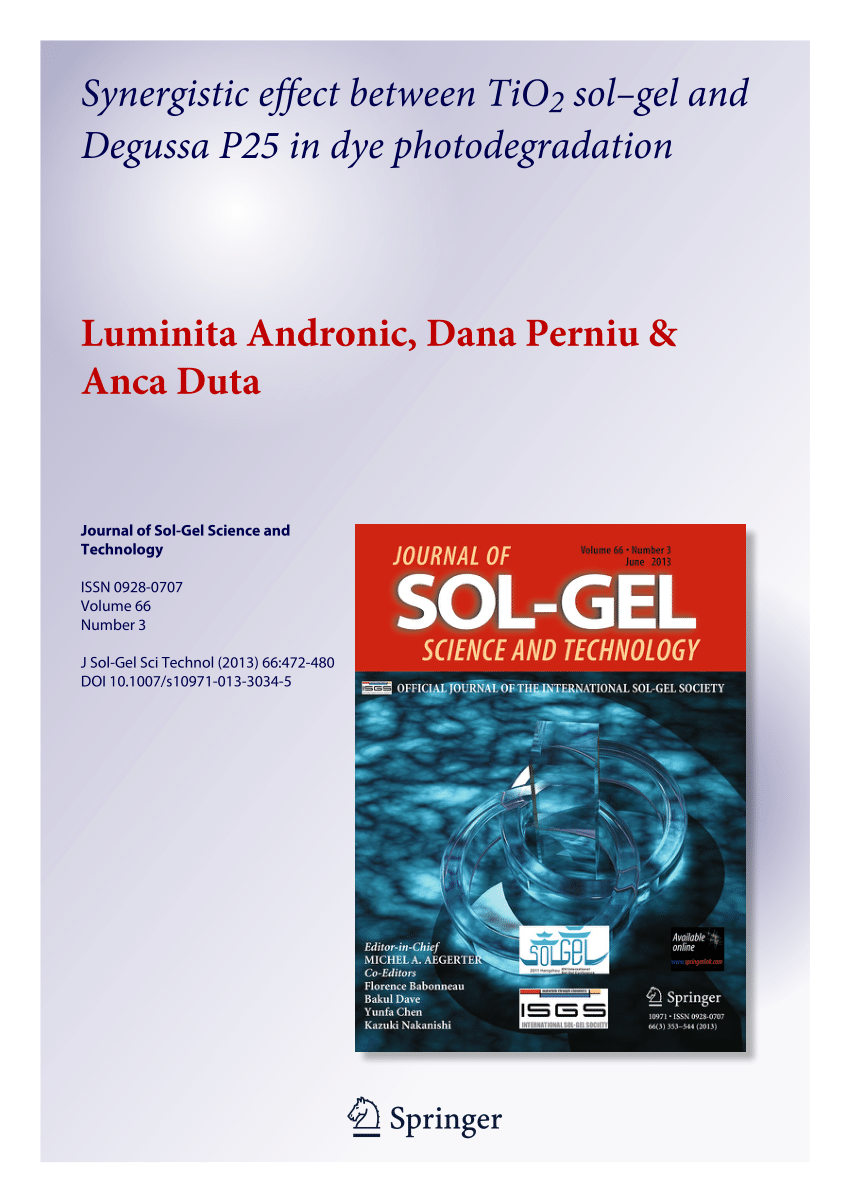A rapid development strategy was successfully implemented to create a suEPSR111459pramolecular metallogel comprising Mn(II) (referred to as MnA-TA) and Zn(II) (referred to as ZnA-TA) ions. These gels were formed using L-(+)-tartaric acid as a low molecular weight gelator in DMF medium at ambient conditions. Rheological analysis was employed to assess the mechanical stability of the synthesized MnA-TA and ZnA-TA metallogel. The results of the analysis revealed the gel’s impressive resilience when subjected to various angular frequencies and levels of oscillator stress. The exploration of MnA-TA and ZnA-TA metallogel’s distinct morphological patterns was conducted using FESEM images. FESEM analysis revealed that MnA-TA metallogel exhibited a flake-like hierarchical network structure, while ZnA-TA metallogel demonstrated a diamond-shaped architecture. EDX analysis was utilized for elemental mapping, confirming the presence of primary chemical constituents in the metallogels. The formation strategy and nature of the gel materials were examined through FT-IR spectroscopy and PXRD analysis. The synthesized metallogels exhibited semiconducting properties, as confirmed by optical band-gap measurements. Furthermore, a metal-semiconductor junction-based device was successfully fabricated by combining Al metal with Mn(II)- and Zn(II)-metallogels. The device displayed nonlinear charge transport behavior, resembling that of a Schottky diode, as evidenced by its I-V characteristic. This indicates the potential use of the sandwich-like configuration of ITO/MnA-TA metallogel/Al and ITO/ZnA-TA metallogel/Al in the development of advanced electronic devices based on supramolecular Mn(II)- and Zn(II)-metallogels. Notably, the direct utilization of tartaric acid and Mn(II)/Zn(II) sources in the MnA-TA and ZnA-TA metallogels presents an innovative approach, highlighting their suitability as semiconducting materials for device fabrication. This study delves into the multifunctional applications of MnA-TA and ZnA-TA metallogels, providing valuable insights for researchers in the field of material science.
Derived from a low molecular weight gelator tartaric acid, supramolecular metallogels composed of Mn(II)- and Zn(II)-ions demonstrate remarkable stability at room temperature offer promising prospects for integration into electronic devices, specifically Schottky barrier diodes, operating effectively at room temperature.



